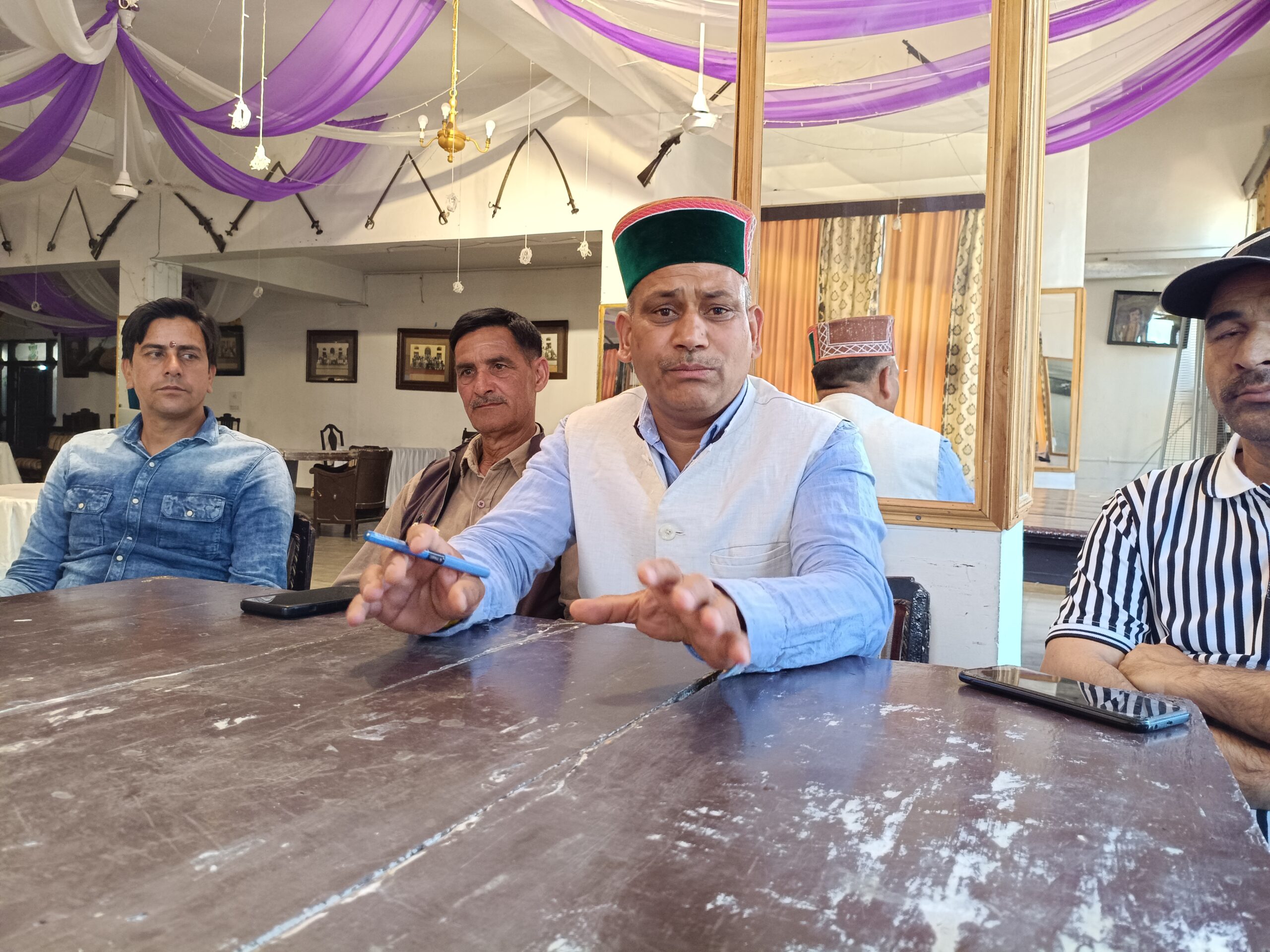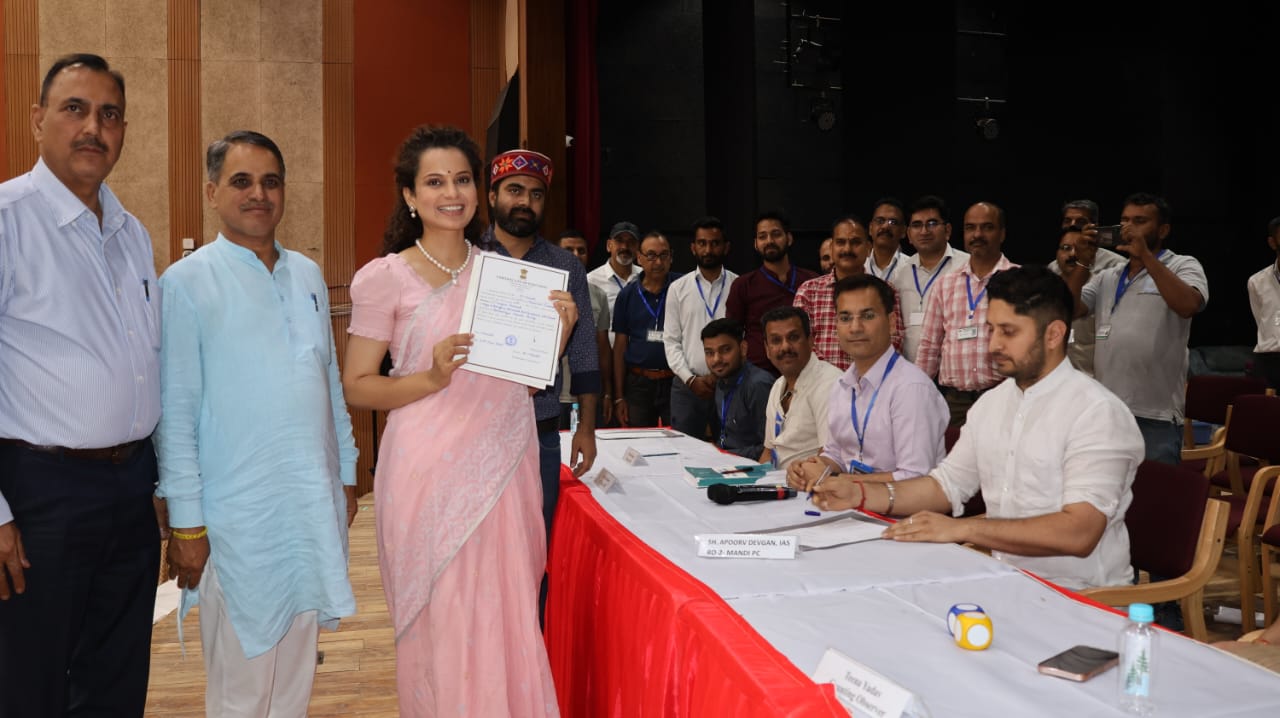Rediscovering Himachal’s Culinary Heritage: Exploring Forgotten Flavours.
Shimla:
In our modern culinary landscape, we’re witnessing a concerning trend: a narrowing of the variety of crops we consume. This diminishing diversity not only limits our nutritional intake but also places undue strain on the environment and our health.
Himachal Pradesh, nestled in the North Western Himalayas of India, stands as a testament to the richness of biodiversity and cultural fusion, offering a culinary heritage steeped in tradition and nourishment. The region boasts a treasure trove of forgotten foods, once integral to local dishes and revered for their unique flavours and health benefits. The once-celebrated diversity of crops and indigenous ingredients that once adorned our plates is dwindling, replaced by a homogenized selection that fails to capture the essence of our land and culture.
Amidst a global shift towards this monoculture, fewer crops are sustaining an ever-growing population. Himachal Pradesh, nestled in the lap of majestic Himalayas, boasts a culinary heritage as diverse as its lush flora, varied geography, and rich cultural tapestry. From the internationally acclaimed Gucchi mushroom and lingad fern to the prized hazelnut and Neoza pine nut, the region’s natural abundance has garnered worldwide acclaim. Yet, hidden gems like choohin ka meetha, a sweet treat from Sullu spurge, and bashaar, a delicacy derived from the Wallach’s cobra lily, remain lesser-known but equally tantalizing.
With dishes like Bichubuti vegetable from nettle and Seek, a delightful confection crafted from Indian Horse Chestnut seeds, Himachal Pradesh’s culinary repertoire continues to enchant with its diversity and depth. But rising allure of Western culture has ushered in a gradual decline in Himachal Pradesh’s traditional culinary heritage. As contemporary lifestyles increasingly embrace Western dietary trends, the profound interplay between local cuisine and the surrounding natural environment is fading.
This transition toward modernity is disrupting the longstanding synergy that historically united the region’s gastronomy with its indigenous landscapes. The ancient wisdom of Ayurveda has long emphasized the importance of food as medicine, advocating for a balanced diet carefully crafted through the intelligent combination of ingredients. Culinary wisdom of our ancestors ingeniously infused every meal with a balance of flavors and nutrients.
Keeping in view their believe that the remedies for many ailments prevalent in a region could be found within its local vegetation and underscoring the profound connection between our diet and our health. They have intelligently devised the recipes to harness the healing properties of indigenous ingredients. This philosophy is echoed in the diverse food choices and culinary traditions observed across different elevation zones, with dishes tailored to specific regions and seasons.
In Himachali cuisine, a wealth of nutrient-rich superfoods, often overlooked, awaits exploration. Each season in Himachal Pradesh unfolds a new chapter in its culinary saga, offering a vibrant array of seasonal delicacies that reflect the rhythm of nature. From the warming comfort of winter sweets to the verdant abundance of spring greens, our plates are a testament to the diversity of our land and its offerings. As winter descends, the culinary landscape transforms with comforting delicacies like laddus made of saryara (amaranth), sesame, dridh (flannel weed), kuri (goosegrass), and a medley of moong and dry fruits take centre stage, designed to warm the body offering nourishment and fortification against the chill. Sweet treats like seek, dridh ka halwa and Puthkanda (Achyranthus) kheer, bichubuti and chickweed soup or saag paired with makki ki roti, further enhance immunity and vitality.
As late winter approaches, yam varieties ( Air yam; Purple yam; Prickly yam; Black-bulb yam etc ) emerge as prized seasonal delights, heralding the imminent change in the air. Spring’s arrival brings forth a burst of life, with tender leaves, buds, flowers, and fruits adorning the culinary palette. From Phegdi (Himalayan fig) vegetable to dishes featuring Agave, Opuntia, and Bombax buds, watercress leaves, the cuisine evolves with the changing landscape, offering a symphony of flavors and textures. Chilla made from the flowers of Indigofera, Burans or kachnar delicacies, and an array of dishes showcasing wild figs (Hairy fig; Goolar fig; Elephant ear fig; Wedgeleaf fig etc.) celebrate the bounty of the season.
As summer’s heat intensifies, vegetable curries, rayatas and sweet treats from choohin; chutneys from burans, and anardana ; Giloye sirra take precedence, providing relief from the scorching sun. Leafy vegetable crafted from Chulai (amaranthus), bathua (chenopodium), and others offer cooling respite, often accompanied by soothing curd. With the onset of the monsoon, Lingad, lingdi, seabuckthorn, buckwheat and bashar (Wallach’s cobra lily) make their appearance, infusing dishes with freshness and vitality. Autumn brings a harvest of vegetables from Senna varieties, while yelo ki chutney—a tantalizing blend of roasted Senna seeds, jaggery, green chilies, and citrus juice—entices the palate with its unique flavors. Throughout the year, Himachali cuisine celebrates the diversity of local produce, intertwining with festivals and celebrations to offer a glimpse into the region’s rich culinary tapestry. Opuntia sp, buckwheat, and drumsticks or moringa pods stand as prime examples of nutritional powerhouses that deserve a place of honor in our daily diets.
Thus in the tapestry of culinary tradition, there exists a wealth of dishes once celebrated for their nutritional prowess, now relegated to the side-lines of memory. The decline in their consumption over recent decades signals a pressing need to honor and safeguard these ancient food traditions. Yet, despite their nutritional prowess and cultural significance, many of these indigenous superfoods are at risk of being lost to time. As urbanization spreads its tendrils, the knowledge of foraging and preparing these traditional ingredients is fading away, threatening to sever our ties to our culinary heritage. It is incumbent upon us to recognize the intrinsic value of these culinary legacies, passed down through generations, and ensure their documentation and preservation for future generations to savor and appreciate. However, amidst the tide of modernization and Western influence, the allure of Western diets, particularly among upper-class communities, has led to a preference for exotic and costly ingredients, often overlooking the abundance of nutritious alternatives readily available locally.
In this shift, the value of cheaper, organic, and equally nourishing substitutes derived from indigenous sources has been overshadowed, contributing to the erosion of traditional culinary customs and the disconnect between people and their food heritage. As we tread further into the realm of convenience and globalization, the allure of Western fare dims the light on our local delicacies. But hidden within the folds of tradition lie secrets of holistic health and well-being, passed down through generations. As forgotten foods, often sourced from the wild rather than cultivated, boast a richness and purity that is unmatched. Despite their availability and versatility, the art of harvesting and preparing them has become a lost skill for many, particularly in urban settings where time and traditional knowledge are scarce commodities.
However, as awareness grows about the cultural and nutritional significance of these treasures, local vendors have begun to reintroduce them to the market, breathing new life into age-old culinary practices. Yet, despite their resurgence, there remains a prevailing undervaluation of Himachali superfoods in today’s fast-paced world. Without proper documentation and preservation, these culinary gems are at risk of being forgotten, their stories lost to the passage of time.
Writer is Dr. Tara Sen, an assistant professor of Botany in Government Vallabh college Mandi.




